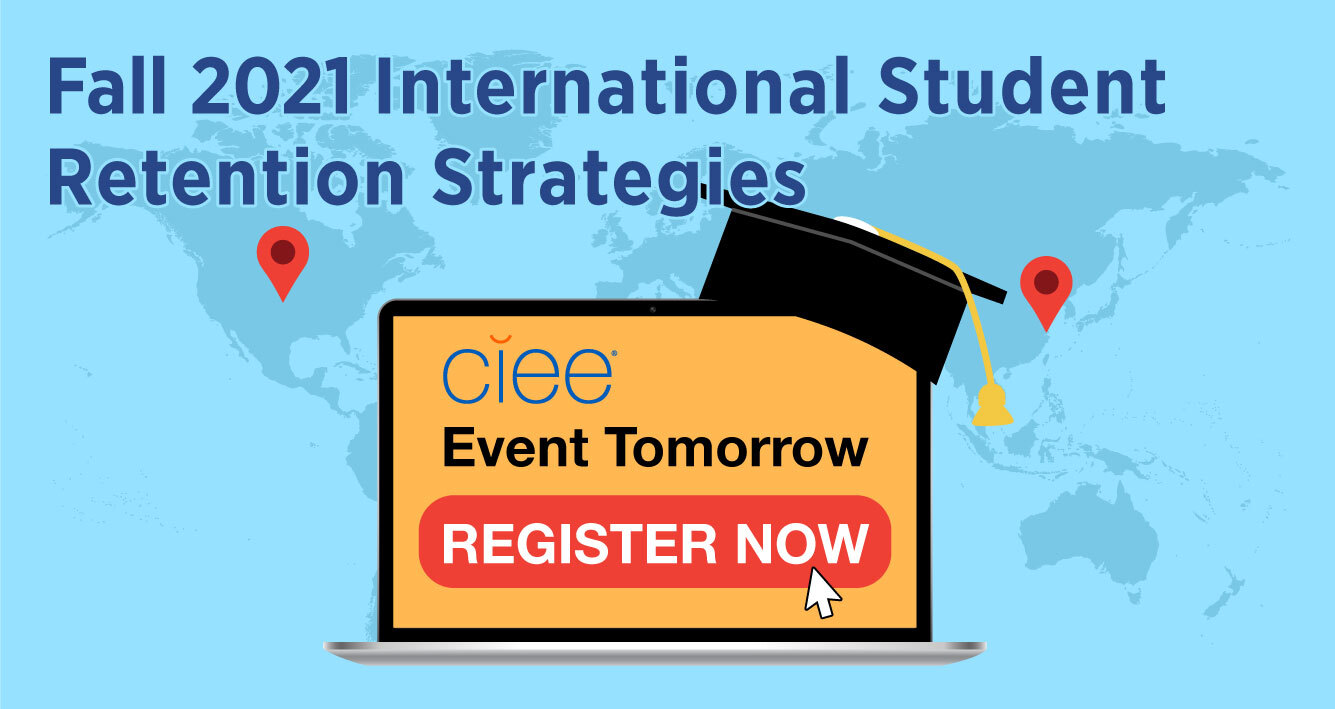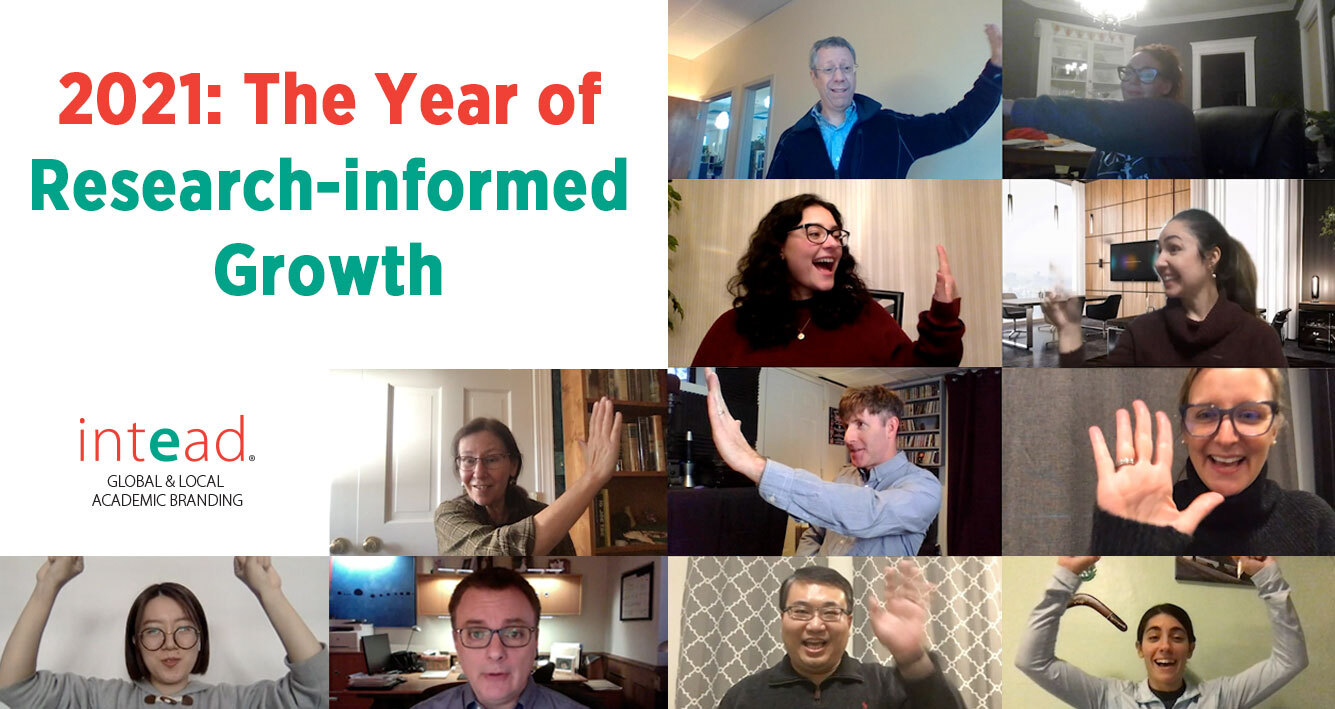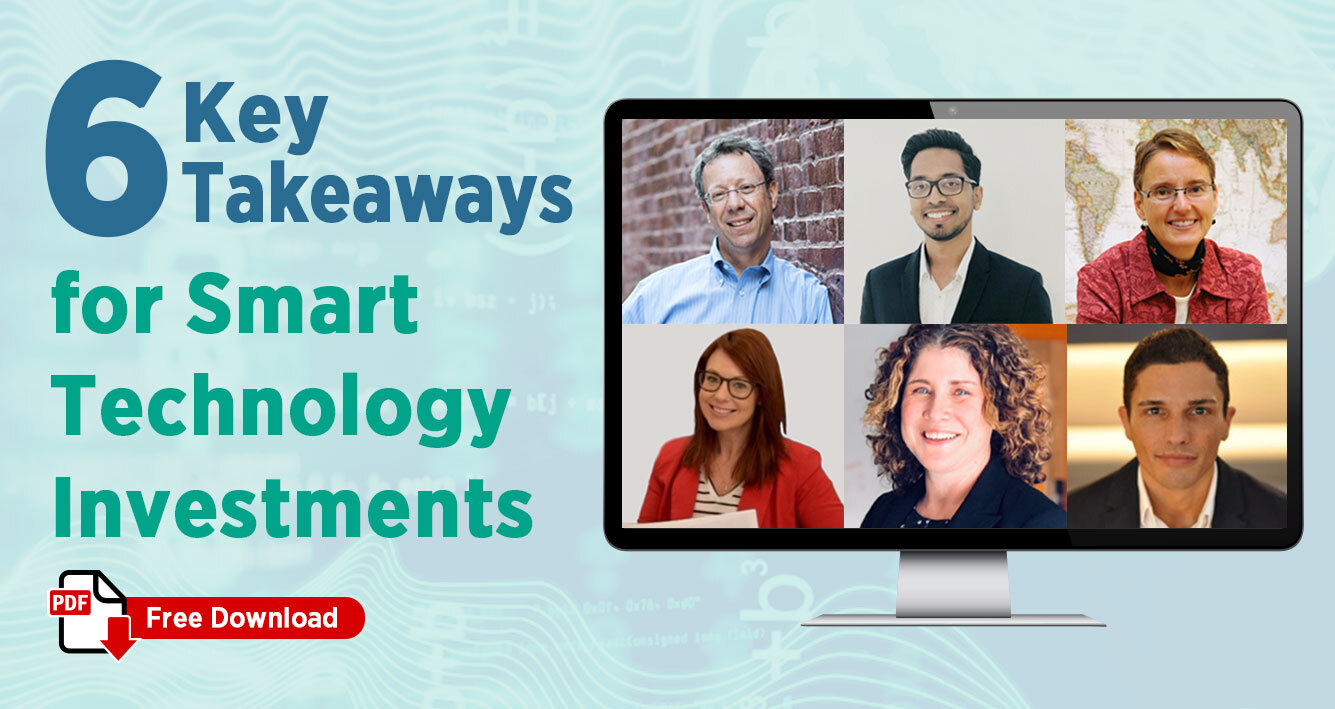Today’s international enrollment challenges demand innovative solutions.
However, those innovative solutions are often easier said than done and more resource-intensive than you expect. But not always.
Enter: CIEE’s custom global programs.
We’re talking your curriculum and educational experience delivered in major international student hubs such as Shanghai and Seoul to students that can’t physically be with you on campus. And with CIEE’s robust infrastructure to support both academic and student life already in place in cities across the world, all that’s needed is you.
Intrigued? Join CIEE’s “Fall 2021 International Student Retention Strategies” webinar discussion tomorrow, Thursday, Feb. 25th at 12pm Eastern to discover how institutions across the US are already using CIEE’s global programs to attract and retain international students.
Specifically, you’ll hear from Penn State and how they created a custom, cohort-based international student program with CIEE for fall 2020 and spring 2021 in Shanghai. The result: innovative and proactive efforts that retained tuition revenue and the student relationships that will result in continued retention.
(Note: the webinar is open to anyone working for an academic institution)
Clear Benefits and Opportunities
While student retention was a driving factor for the institutions that set up these programs in 2020, they also found surprising growth in:
- Parent engagement - word of mouth promotion from parents who were thankful the institution was responding to the pandemic with strong and thoughtful student-first efforts.
- Increased brand awareness - as students and parents excitedly talked up their ability to study in an American-style classroom despite travel restrictions.
- New enrollments - from new prospective students who heard about the programs and wanted to take part in this experience rather than study from home online in China.
Fast acting and well equipped to deliver student experiences, CIEE leadership worked with institutions such as Tulane, Babson, Clark, and Syracuse during 2020 and 2021, serving more than 2,100 students in custom programs in China and South Korea.
And there’s still time for your institution to join this trailblazing pack for fall 2021 if you sign up by May 1st.
When student mobility isn’t a given and competition for international students is fiercer than ever before, you must take your student-first philosophies to the next level if you want to stand out and continue to deliver on your institution’s educational mission (and preserve your revenue streams).
This is how you do that.
Read on to learn more about this flexible, innovative solution to shore up your international enrollment this fall and beyond. This is far more than just a quick band-aid solution.
Read More













